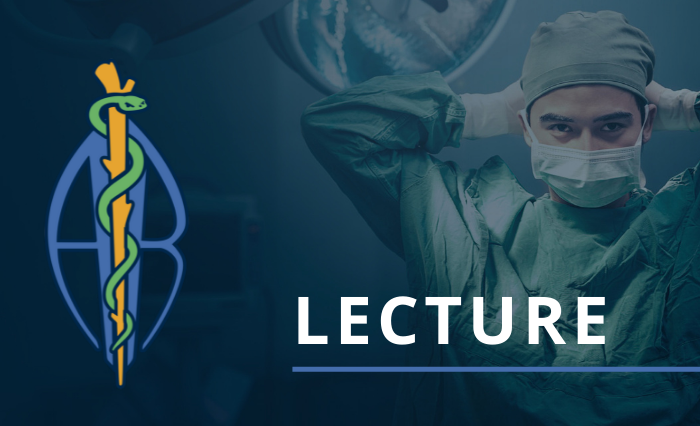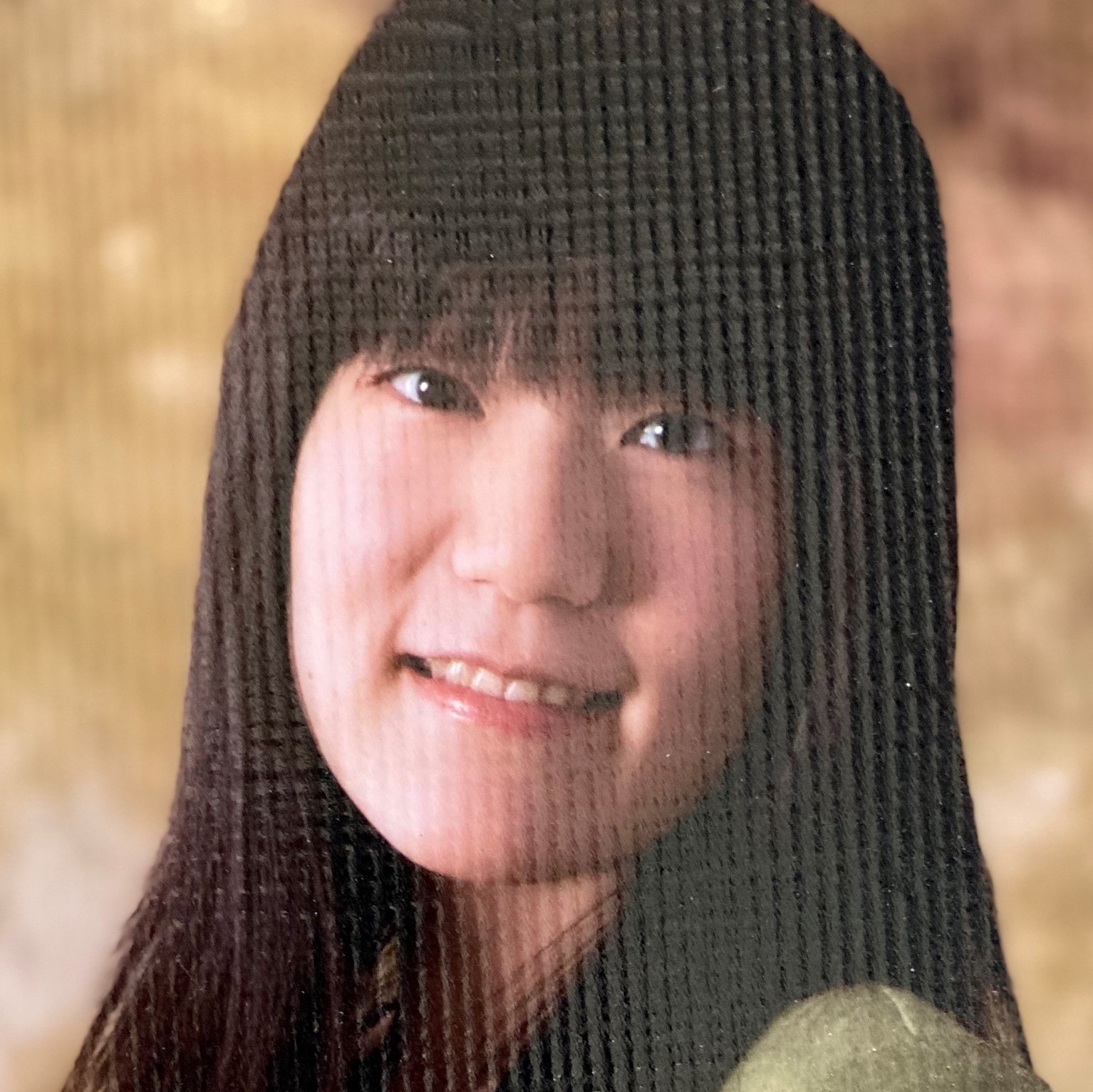Cerebral Oxygenation Monitoring in Rats Under Isoflurane Anesthesia

Date: Thursday, September 15, 2022
Time: 3:00 pm PTDuration: 30 MinutesTrack: Thursday - Track 1
Room: Salon ABCD
Speaker: Melissa Hoshi Sugiura
Moderator: Jenifer Sweet
Introduction: Although monitoring of vital signs in small lab animals is critical to successful anesthetic outcomes, reliable measurement of the vital signs is challenging due to their size. To this end, we are developing a miniaturized optical imaging device based on the Near Infrared Spectroscopy (NIRS) technique for noninvasive measurement of the brain and peripheral tissue oxygenation and perfusion. Our goal is to develop a device to support safe and reliable anesthesia monitoring in small lab animals to improve animal welfare, ensure successful outcomes, and create reproducible research, which will ultimately aide in better knowledge of the living systems to enhance health, lengthen life, and reduce illness and disability burden worldwide.
Methods: All procedures were conducted in accordance with the Guide for the Care and Use of Laboratory Animals, 8th edition. The NIRS device consisted of a controller module and an optical sensor with two LED light sources and two photodiodes making up two parallel channels for monitoring left and right cerebral hemispheres (Figure 1). Optical intensity measurements were converted to deoxyhemoglobin (Hb) and oxyhemoglobin (HbO2) changes relative to a 2-min window after induction and at the beginning of 1.5% isoflurane.
Three male Sprague Dawley rats (325 – 400 g) were anesthetized with a mixture of isoflurane vaporized in 100% O2 delivered at 1.5L/min. After 10-15min at 1.5% isoflurane, the level of isoflurane was increased to 3% and then 5%.
Results: The concentration of Hb slightly decreased as the level of isoflurane increased; whereas the concentration of HbO2 significantly increased at 3% and 5% isoflurane compared to 1.5% (Figure 1).
Conclusion: These preliminary studies demonstrate promise of improving anesthesia monitoring in small laboratory animals and highlight the need to better understand the relationship between arterial blood gas measurements, cardiovascular parameters and peripheral tissue and cerebral oxygenation to enable effective and reliable early detection of adverse events during anesthesia in small lab animals.
This is an archived event. Please log in with your member account to access these resources.
Speaker
University of Alaska Fairbanks - Institute of Arctic Biology
View More From This Track
- Baseline Hemodynamics Including Aortic and Pulmonary Blood Flow in a Chronic Bovine Model
Speaker: Angel Moctezuma-Ramirez - Thursday, September 15, 2022 9:30 am - Liver Regeneration Model in Cynomolgus Monkeys
Speaker: Randy Pielemeier - Thursday, September 15, 2022 10:30 am - How to Prepare for A Model I Have Never Performed Before?
Speaker: Bertrand Lussier - Thursday, September 15, 2022 11:00 am - Curious George Goes To The Podium – Coaching and Encouragement for Future ASR Presenters
Speakers: Leslie Stoll, Steven Kreuser - Thursday, September 15, 2022 11:30 am - Technical Insights for Cochlear Administration in the NHP
Speaker: Frederick Emond - Thursday, September 15, 2022 1:00 pm


